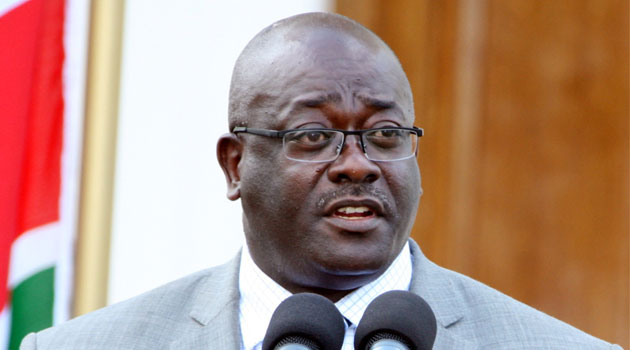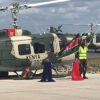Last October, Shehri himself denied a September announcement by Yemen’s defence ministry that he had been killed in an army raid, in an audio message posted on extremist Internet forums.
An official Yemeni statement in January called him “one of the (Al-Qaeda) leaders who played a major role in the planning of local, regional and international terrorist acts”.
It said he was “the military commander of terrorist elements” during deadly clashes with the army in the southern Abyan province, which Islamist rebels largely controlled for a year before Yemeni forces recaptured it in June 2012.
AQAP took advantage of the weakness of Yemen’s central government during an uprising in 2011 against now ousted president Ali Abdullah Saleh to seize large swathes of territory across the south.
But after a month long offensive launched in May last year by Yemeni troops, most militants fled to the more lawless desert regions of the east.
AQAP is led by Nasser al-Wuhayshi, who in July 2011 reaffirmed the group’s allegiance to Ayman al-Zawahiri, head of the worldwide Al-Qaeda network since the killing in May 2011 of its founder, Osama bin Laden.
The United States has stepped up its support for Yemen’s battle against AQAP, which it regards as the most active and deadliest franchise of the global Al-Qaeda network.
US drones strikes in Yemen nearly tripled in 2012 compared to 2011, from 18 to 53, according to the New America Foundation, a Washington based think tank.
In October 2000, Al-Qaeda militants attacked US Navy destroyer the USS Cole in Yemen’s port of Aden, killing 17 sailors and wounding 40.











































